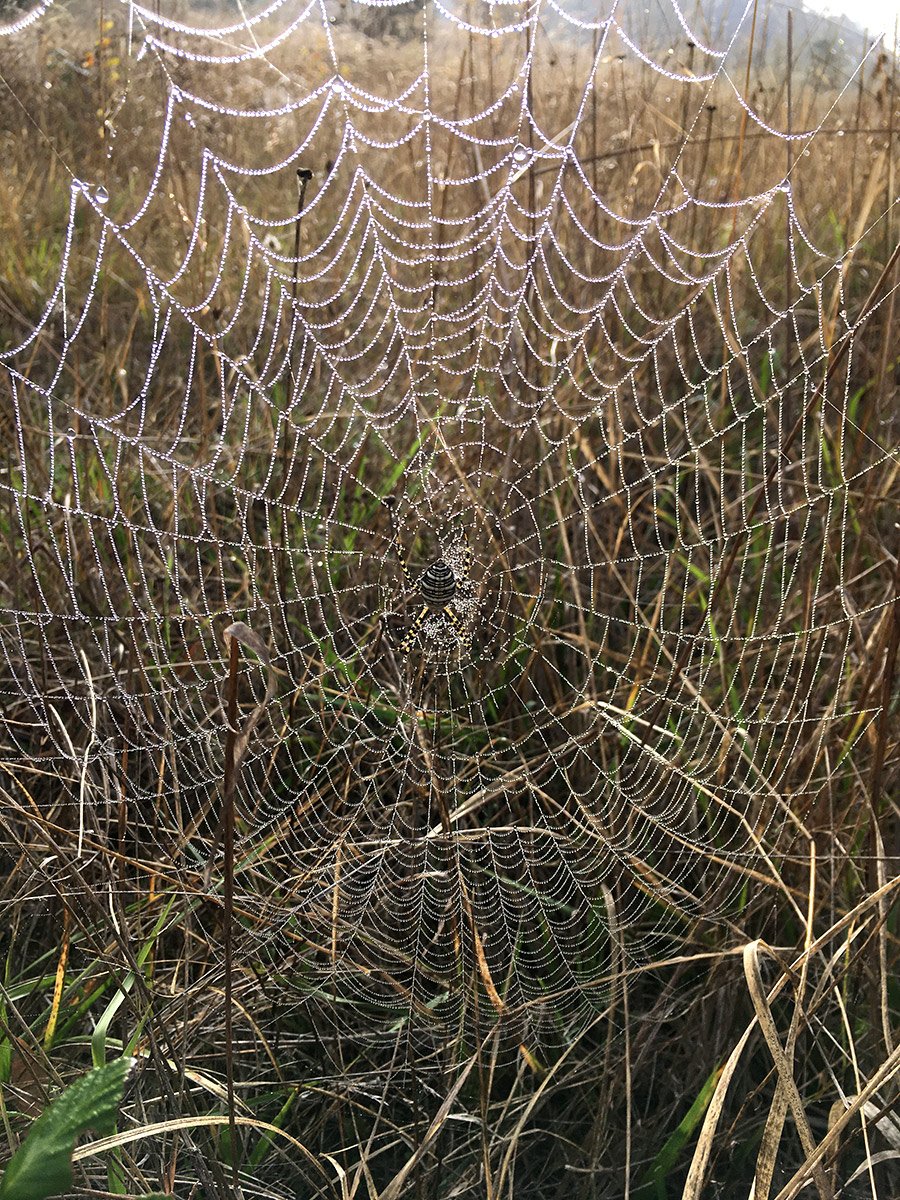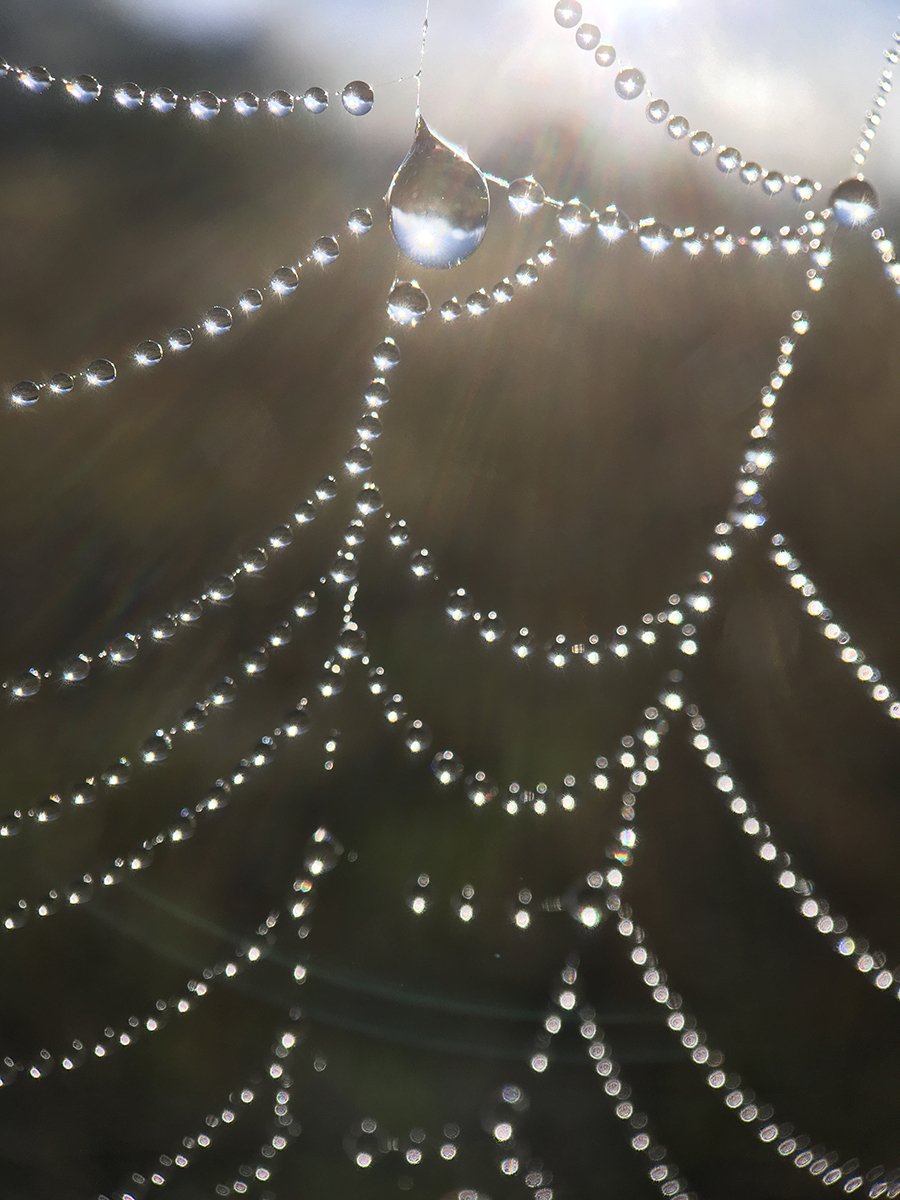The other evening I watched a barred owl zigzagging down the creek trail corridor hunting for food. It would sit on a perch about 10-20 feet off the ground and scan the area with its eyes and ears. When it zeroed in on its potential prey, it silently drifted out over the meadow and pounced.
Barred owls prey on a variety of animals. On the National Audubon Society website they list their diet as: “Mostly small mammals. Eats many mice and other small rodents, also squirrels (including flying squirrels), rabbits, opossums, shrews, other small mammals. Also eats various birds, frogs, salamanders, snakes, lizards, some insects. May take aquatic creatures such as crayfish, crabs, fish.”
The barred owl is an elegant, magical creature with a distinctive hooting rhythm that is interpreted as, “Who cooks for you? Who cooks for you-all?” Click here to listen on the All About Birds website by The Cornell Lab.
Their original range was the mature forests of the eastern North America. During the past century they expanded westward across Canada and down into the Northwest and California of the U.S.
The expansion of its range has brought it into contact with the spotted owl of the West, because they share a habitat of older growth forests. As a result barred owls have been displacing or occasionally hybridizing with spotted owls. This interaction, along with loss of habitat, increased the decline of the spotted owl’s population. I won’t expand on this story here, but I recommend researching more about it.
Nature is an inexhaustible source of wonder. Hope to see you out there.

























































